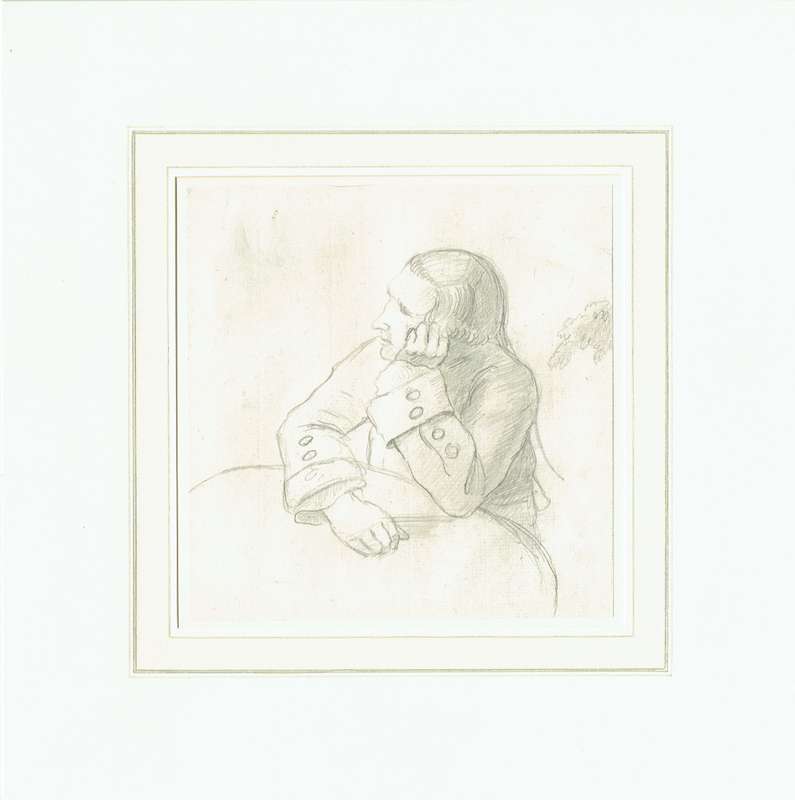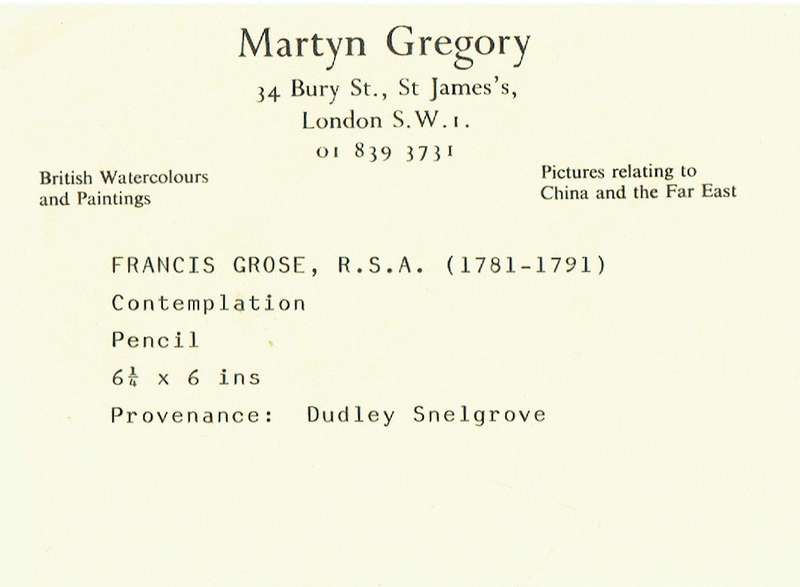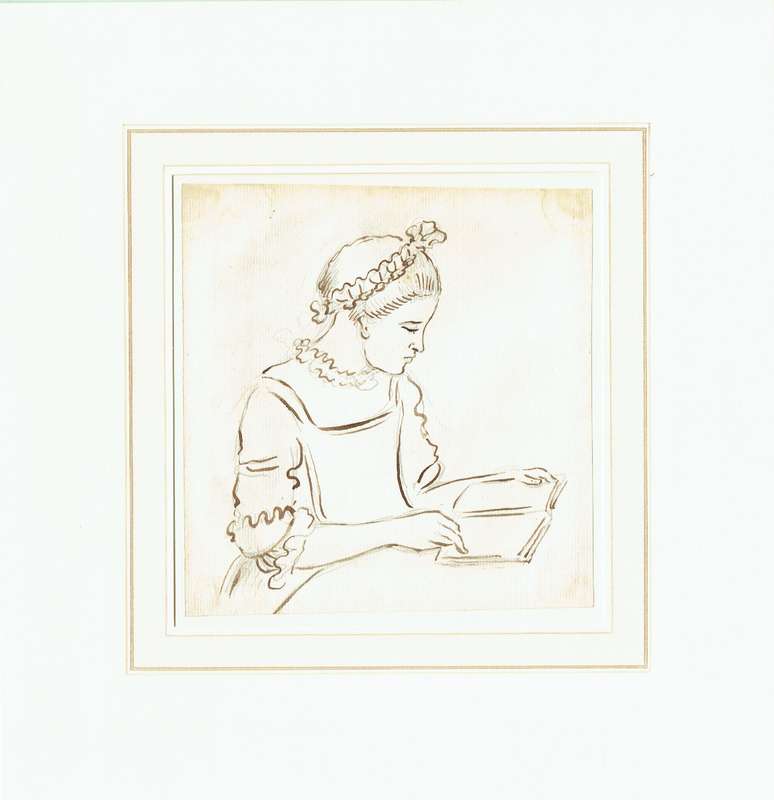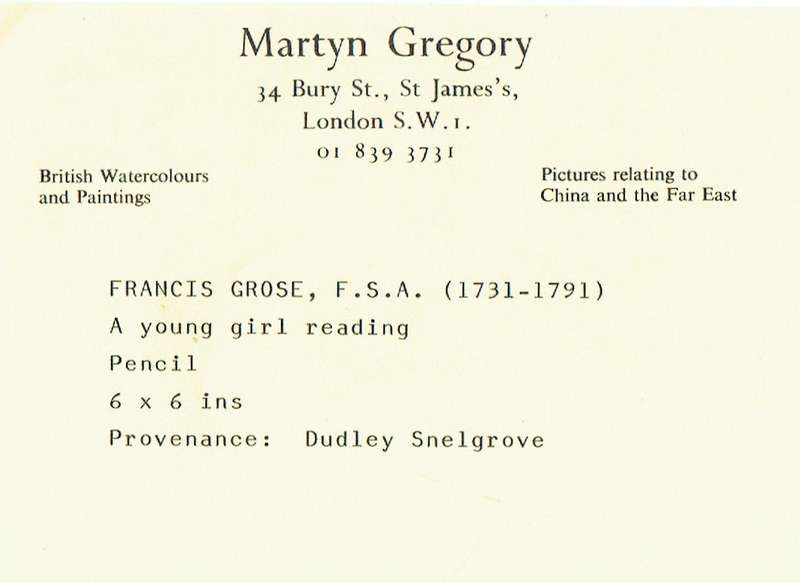







Two figure sketches by Francis Grose (17311791), friend of Robert Burns
Check my rate
| Main centres: | 1-3 business days |
| Regional areas: | 3-4 business days |
| Remote areas: | 3-5 business days |








| Main centres: | 1-3 business days |
| Regional areas: | 3-4 business days |
| Remote areas: | 3-5 business days |
Two figure sketches by Francis Grose (17311791), pencil and sepia.
(1) Contemplation: 15.5 x 15.5 cm, mounted.
(2) Young Girl Reading: 15.5 x 15.5 cm, mounted.
Captain Francis Grose was an English antiquary, draughtsman, and lexicographer. He produced A Classical Dictionary of the Vulgar Tongue (1785) and A Provincial Glossary, with a Collection of Local Proverbs, and Popular Superstitions (1787). His eldest son, also called Francis Grose, was the Lieutenant Governor of New South Wales, Australia from 1792 to 1794. In 1757, Grose was elected a member of the Society of Antiquaries. (Wikipedia)
Grose had a consuming interest in medieval remains and from 1772 toured England (later also Scotland and Ireland) to gather materials for his highly popular multi-volume work on The Antiquities of England and Wales. The work was heavily illustrated and I will be soon be selling some of the original watercolour sketches taken by the Anglo-Swiss artist, Samuel Hieronymus Grimm, who accompanied Grose in his travels.
Grose was also a noted lexicographer, producing in 1785, A Classical Dictionary of the Vulgar Tongue. The first edition contained many very naughty words. Subsequent editions were Bowdlerised. Other works that he authored included The Antiquities of Scotland, A Provincial Glossary, with a Collection of Local Proverbs, and Popular Superstitions (1787) and books on military antiquities and armour, as well as satirical essays. He collaborated with William Hogarth in the publication of The Analysis of Beauty (1791). Antiquities of Ireland was published posthumously.
Grose was a friend of the poet Robert Burns and it was at Groses suggestion that Burns composed the now famous poem, Tam oShanter.
Although by no means a brilliant draughtsman, Grose was a legend in his day for his ebullient character, his immense girth, and his great enthusiasm for the projects he tackled.
Provenance: The provenance of these two sketches is solid. They were in the collection of Dudley Snelgrove, M.B.E., F.S.A., whose art collection was dispersed by Sothebys in London, on 19 November 1992. Snelgrove was curator at the British Museum.
I acquired them from the firm Martyn Gregory in London. I am now letting them go at considerably less than I paid for them.